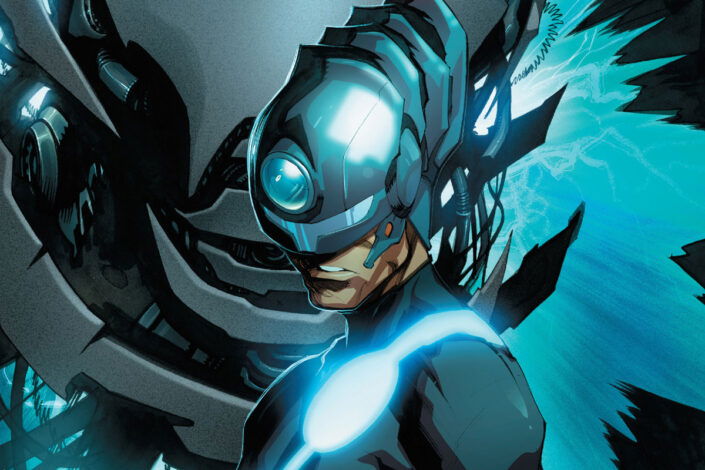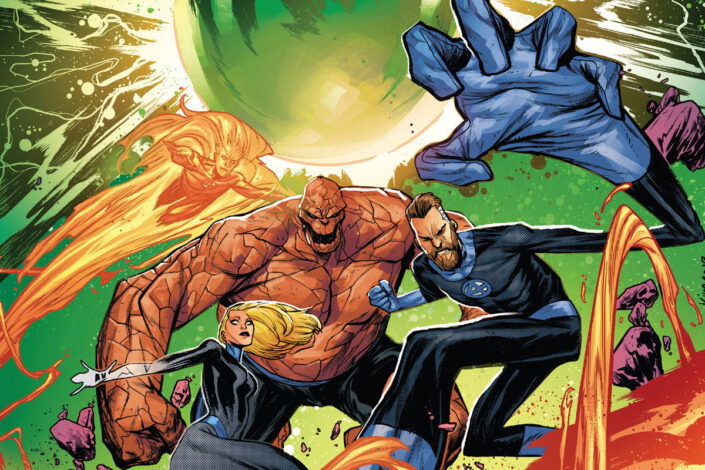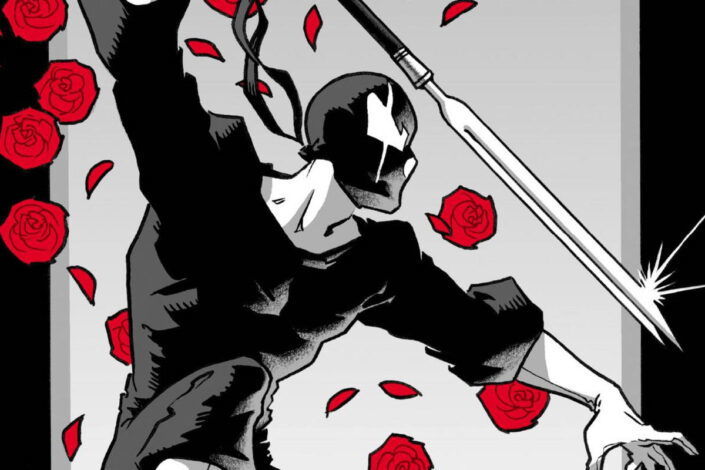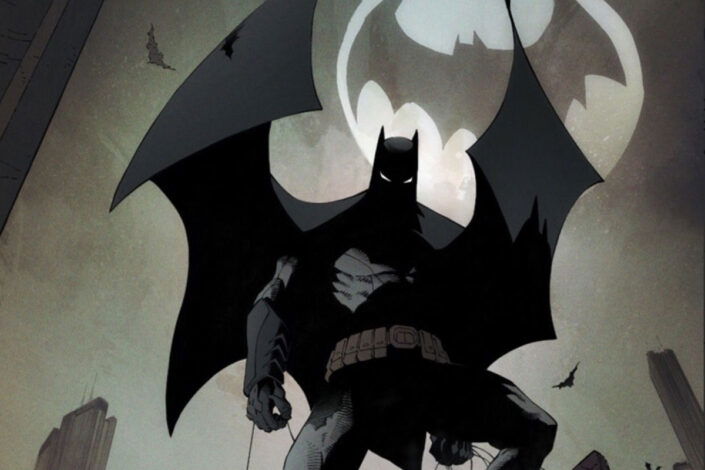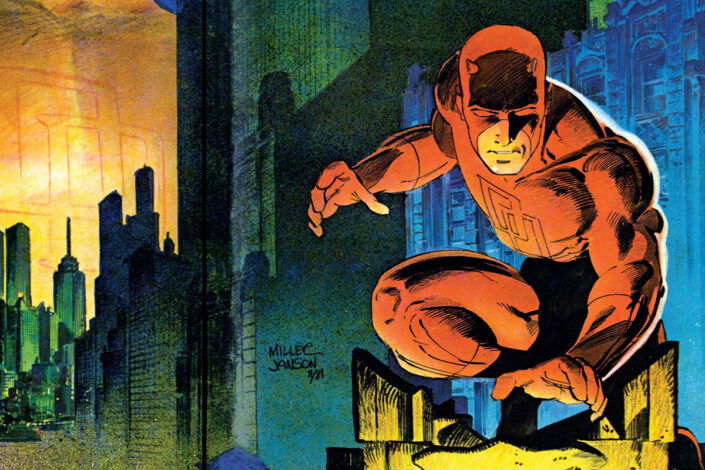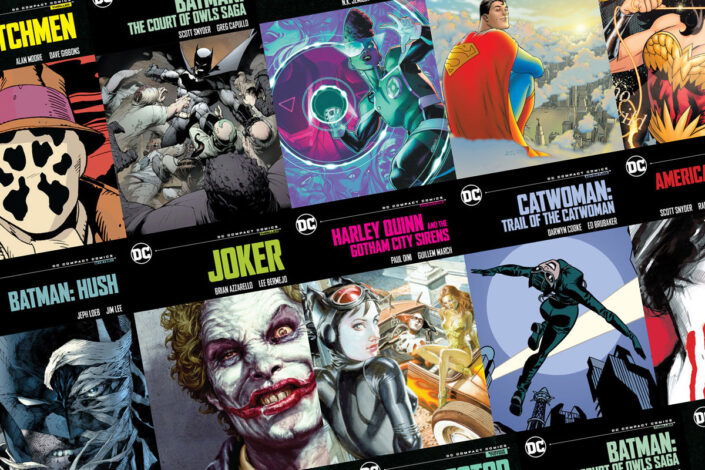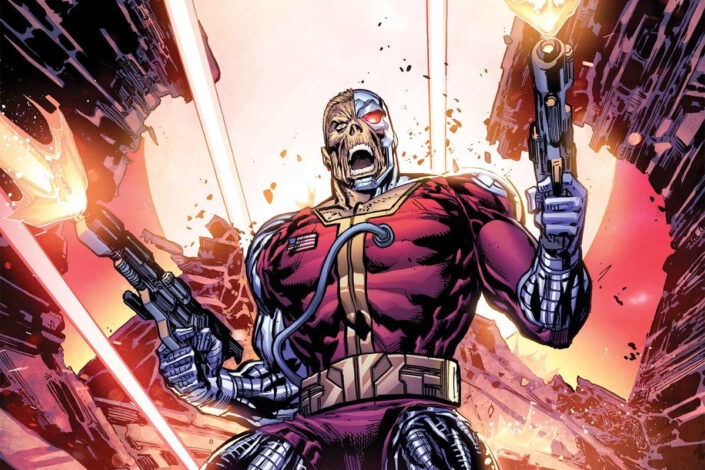Doomsday Reading Order
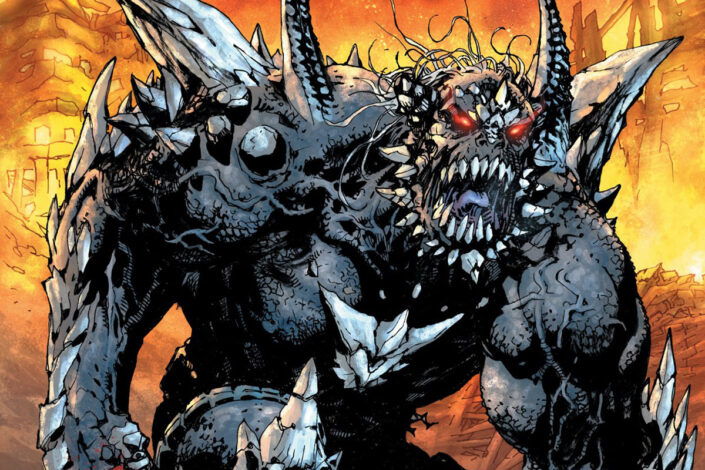
Like Cyborg Superman, the supervillain Doomsday made his debut during the “Death of Superman” story arc. If everyone knows his name, it’s because he is the character who killed Superman! That’s certainly one way to make an impression.
Created by Dan Jurgens, the first appearance of Doomsday is a cameo in Superman: The Man of Steel #17, before making his full appearance in the following issue, Superman: The Man of Steel #18 (December 1992). As Jurgens wrote on his website, “When we first started talking about Doomsday, he didn’t even have a name. We talked about him in terms of “living rage” or “force of nature”. ”
There is no better way to define Doomsday, an unstoppable force of destruction engineered long ago by Kryptonian scientists to be the ultimate weapon. Devoid of emotion and shaped by an unforgiving environment, Doomsday was forged through a brutal cycle of deaths and forced evolution. In the end, he became an unkillable machine filled with primal rage.
After escaping Krypton and embarking on a killing spree across many planets, Doomsday was finally defeated and buried on the primitive planet Earth. But Doomsday always comes back to life, and he returned, once again evolved, more unstoppable than ever, becoming one of Superman’s most iconic foes.
Since his creation, Doomsday has made several appearances on live-action television and in animated series, though his most mainstream incarnation is in Batman v Superman: Dawn of Justice.
Discover the ultimate Doomsday reading order, guiding you through the essential comics and many epic battles involving The Destroyer!
